The Rise of the Middle Eastern Leader
What the world’s fastest-changing region can teach us about leadership that lasts.
Every leader in the Middle East knows what change feels like.
Fast, constant, high-stakes.
New markets, new mandates, new generations - all demanding decisions faster than systems can adapt.
That pressure has shaped a distinct kind of leadership - one that’s less about hierarchy, and more about how people move together under pressure.
This isn’t about style.
It’s about survival (and of course, success) in transformation economies.
1. The Shift: From Control to Clarity
In many organizations, leadership used to mean control.
Clear decisions, tight reporting lines, top-down communication.
That model doesn’t work here anymore.
Middle East leaders today are managing complexity at a scale few regions face - national transformation, multi-cultural teams, and five generations in one workforce.
To keep pace, the best leaders have shifted from managing tasks to designing clarity:
- Translating strategy into a shared sense of direction.
- Aligning diverse teams around purpose, not position.
- Replacing long meetings with fast learning loops.
They don’t lead through control. They lead through context - helping people see how their work connects to something bigger.
2. What the Best Leaders Do Differently
At talentX, we’ve worked with hundreds of leaders across the Middle East - from government entities to scale-ups to family groups.
High-performing leaders do three things differently.
1. They treat culture like a system, not a slogan.
They measure it, adjust it, and design for it.
When they talk about values, they define the behaviours that prove it.
2. They make performance personal.
They coach through feedback, not policy.
They give people ownership, then hold them accountable.
3. They think like founders, not managers.
They build, test, learn, and adapt fast.
And they care deeply about the people who make it possible.
This isn’t soft leadership.
It’s high-performance leadership with cultural intelligence built in.
3. The New Leadership Equation
We call it LeadX — the next evolution of leadership capability.
Capability × Clarity × Culture = Performance that lasts
Here’s how it plays out:
- Capability — Skills in feedback, influence, decision agility.
- Clarity — Making purpose visible in every action.
- Culture — Embedding consistency across teams and geographies.
When those three align, performance stops depending on charisma or control.
It becomes predictable - and scalable.
That’s leadership by design.
4. The Human Reality
Many leaders tell us the same thing in coaching:
“It’s not that my people aren’t capable. They’re just not consistent.”
That’s not a talent problem.
It’s a system problem.
When systems aren’t clear, people make up their own rules.
When leaders don’t model values, culture becomes optional.
The fix isn’t a new policy.
It’s leaders who design experiences that make the right behaviour easier than the wrong one.
5. Why This Matters Now
The next decade of growth in the Middle East won’t be decided by capital, technology, or even strategy. It will be decided by how well leaders convert ambition into aligned action.
That’s what’s redefining leadership here - and why the region’s lessons are starting to travel outward.
Because when you can lead through complexity here,
you can lead anywhere.
talentX Takeaways
- Leadership here is being rewritten - by necessity, not theory.
- Culture is a performance system, not a campaign.
- The best leaders design clarity, not control.
- When systems and behaviours align, performance scales.
Call to Action
Great leaders don’t just inspire - they design how inspiration becomes action.
Take the Leadership Readiness Pulse to see how your leadership habits measure up.

